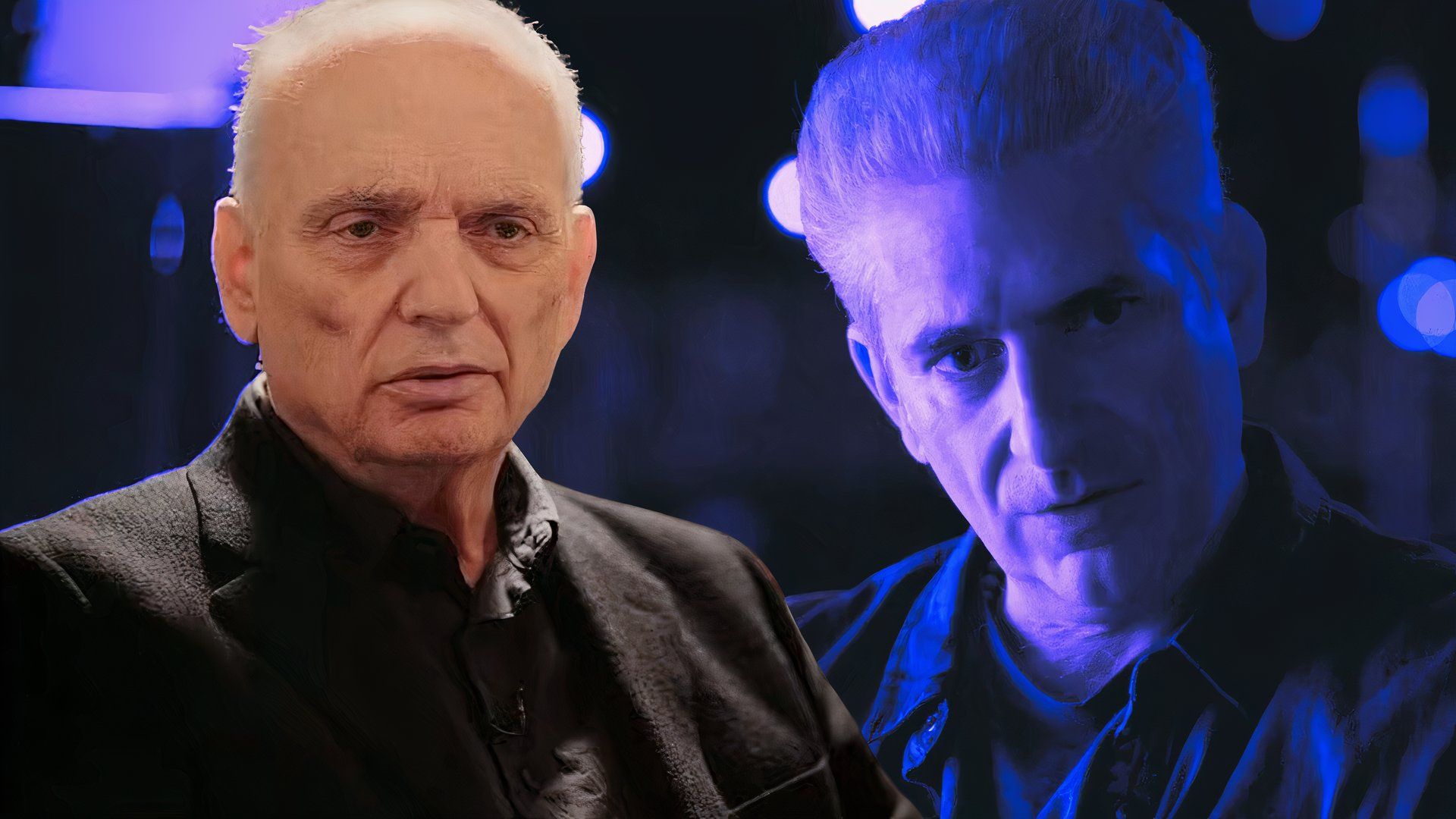
As a passionate viewer of The Sopranos and a student of the art of storytelling, I found myself utterly captivated by the insights provided in Wise Guy: David Chase and The Sopranos. The behind-the-scenes look at the making of this iconic series offers a fascinating glimpse into the creative process that brought us one of television’s most groundbreaking dramas.
Commemorating its 25th anniversary in 2024, the groundbreaking drama series that revolutionized television for decades – The Sopranos – is being honored by HBO with a two-part documentary titled Wise Guy: David Chase and The Sopranos. In this documentary, directed by Alex Gibney, the first part delves into the cultural influence of the acclaimed mob drama and how it elevated television to new heights, making HBO a dominant force in small-screen entertainment. The second part delves deeper into the life of David Chase, the creator, exploring his background, dreams, and motivations behind crafting a mafia narrative set in New Jersey.
For dedicated “Sopranos” enthusiasts, this documentary might not provide as much new insight as they anticipated, since a lot of the information presented is already widely known. On the other hand, less devoted fans could discover many intriguing details and interesting facts that help clarify lingering questions about Tony Soprano and his family. Topics such as Chase’s personal struggles with his mother, Gandolfini’s challenges in playing Tony Soprano, and more are the most significant disclosures from “Wise Guy,” making it worth a closer look.
David Chase Was More Like Tony Soprano Than He Let On
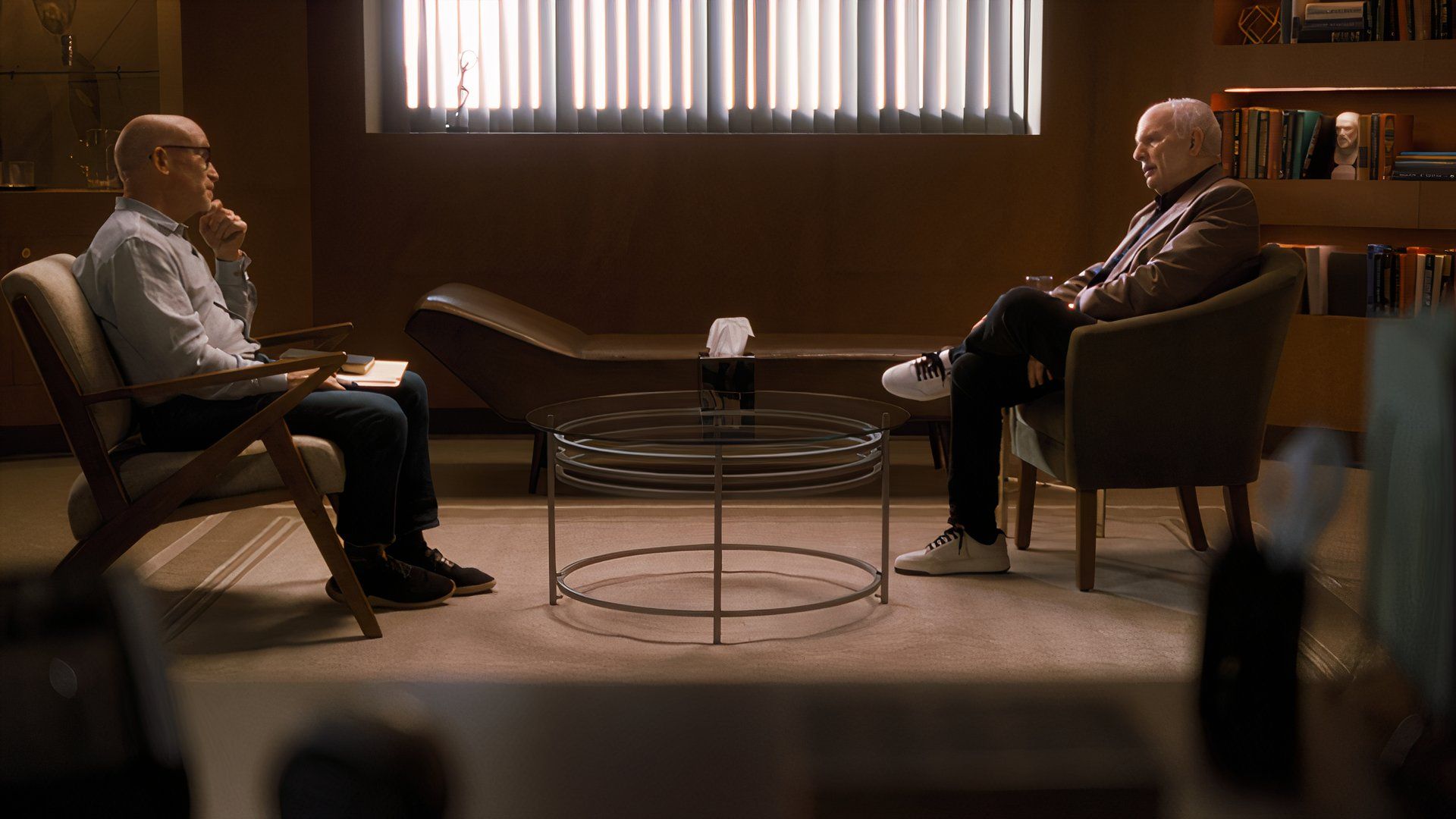
In the documentary titled “Wise Guy,” directed by Academy Award-winning filmmaker Alex Gibney, David Chase, the creator, executive producer, and chief writer of “The Sopranos,” is interviewed in a unique way that resembles Dr. Melfi’s (Lorraine Bracco) psychotherapy office. The documentary is presented as if it’s a therapy session led by Gibney. Initially, David Chase, a brooding and reflective Italian-American from New Jersey, was under the impression that the documentary centered around “The Sopranos” television series rather than himself. Contrary to his expectations, the two-part documentary delves into Chase’s background and writing history before scrutinizing minor aspects of the show.
The initial groundbreaking discovery is that Chase exhibits traits similar to the iconically quotable character Tony Soprano, more than he lets on. This common thread stems from his personal experience with therapy during a time of personal crisis. As per Chase, the character of Dr. Jennifer Melfi was inspired by a psychiatrist he was seeing at that time. Interestingly, without Chase realizing it then, he sought to find comfort and nurturing through his female therapist, much like Tony does on the show.
Livia Was Based on Chase’s Mother
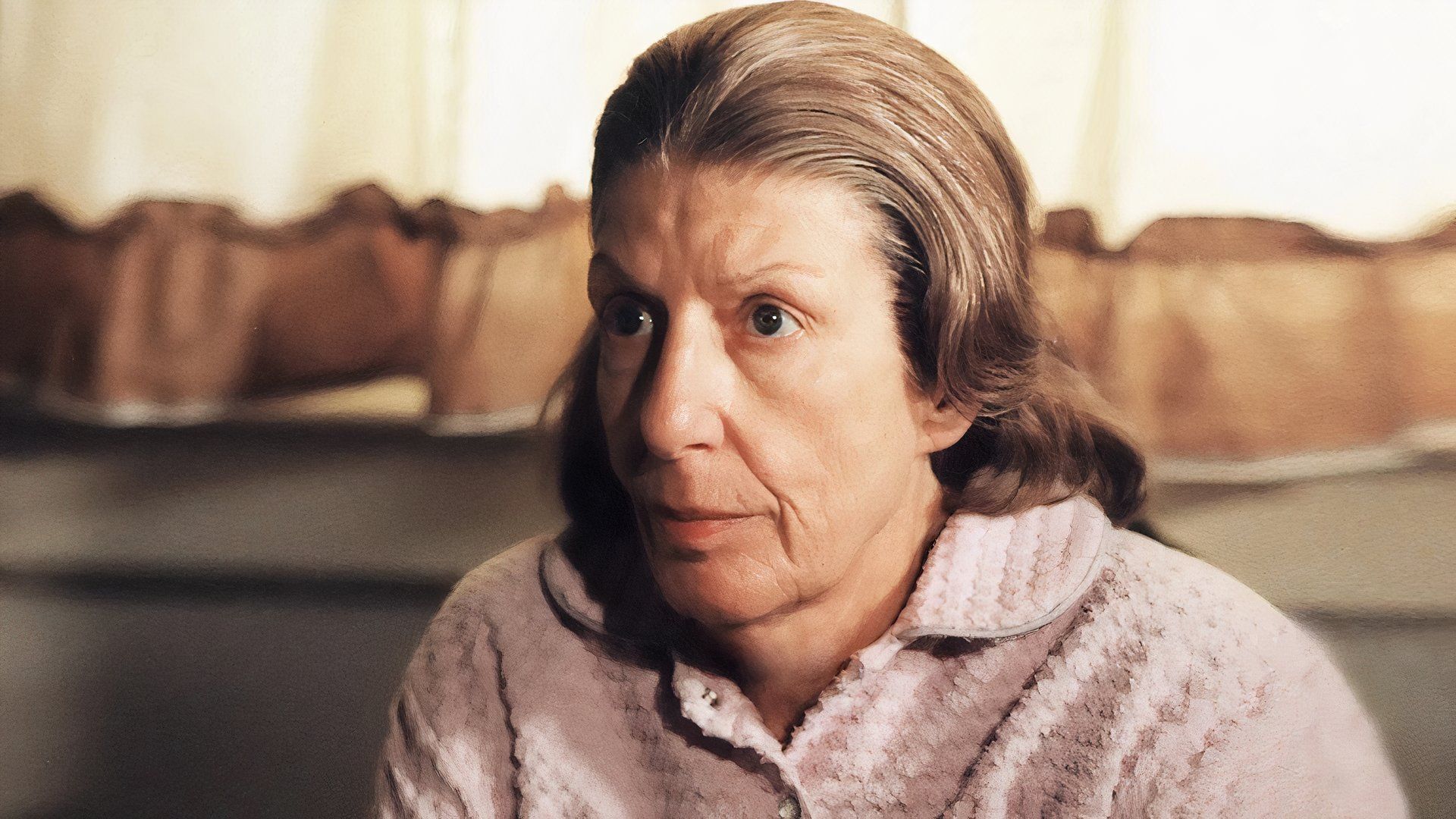
According to writers Frank Renzulli and Terence Winter, Livia is a composite character based on their own mothers, but Chase asserts that Livia was modeled after his actual mother. Similar to how Livia dismissed therapy as a scam in the series, Chase’s mother also held this view in real life. “My mother was crazy,” says Chase, explaining that none of the hundreds of actors who tried out for the role could match the authenticity provided by the late Nancy Marchand.
Besides enduring a verbally abusive mother and seeking therapy for it, Chase’s grim personality mirrored Tony Soprano’s from the series. Renzulli departed after Season 2 due to dissatisfaction with Chase’s consistently gloomy attitude. In contrast, Robin Greene was dismissed from the writing team for frequently interrupting Chase. As shared by star Edie Falco, Chase was affectionately known as the “Master Cylinder” by cast and crew members, who would often pause to hear his approval before moving forward with a single word or dialogue line.
Additionally, it’s disclosed that Tony was initially meant to smother Livia with a pillow in the hospital, but this scene was shifted to the end of Season 1. However, Nancy Marchand, who played Livia, fell ill due to cancer and requested to continue working. Recognizing her wish, Chase accommodated and Marchand appeared until her passing following Season 2.
Chase Originally Wanted Robert De Niro & Anne Bancroft
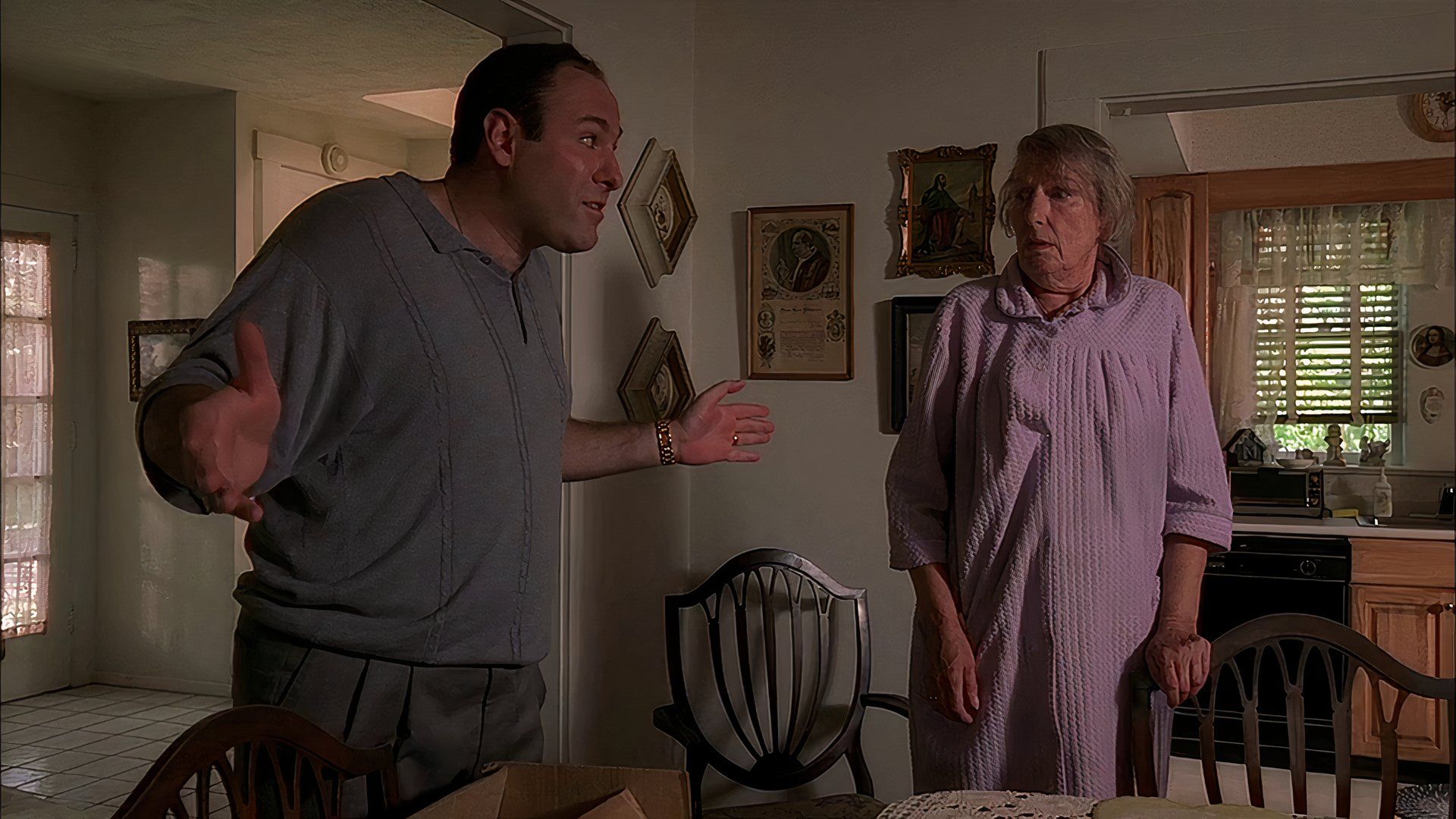
It’s well-known that “The Sopranos” was initially conceived as a full-length film, but creator David Chase revealed his initial intention was to cast Robert De Niro as Tony Soprano and Anne Bancroft as his mother, Livia. Unfortunately, De Niro was already tied up with “Analyze This,” a comedy about a therapist and a mobster, which came out in the same year as “The Sopranas.” Before James Gandolfini landed the role of Tony, Chase offered it to Stevie Van Zandt, a newcomer in acting who was famous for being Bruce Springsteen’s guitarist. HBO wasn’t keen on the idea, so Chase wrote the character Silvio Dante especially for Van Zandt instead.
In the grand spectacle of actors vying for the iconic role of Tony Soprano, I found myself among the contenders alongside esteemed performers like Michael Rispoli, John Ventimiglia, and David Proval, to name a few. Yet, when James Gandolfini graced our presence, there was an undeniable sense that he was destined for this part.
Concerning further casting issues, initially, Chase considered Bracco for the character of Carmela. However, Bracco argued that she had previously portrayed a mob wife in Goodfellas and preferred to play Dr. Melfi instead. Bracco managed to persuade Chase that Tony Soprano wouldn’t consult an Italian-American therapist if he weren’t Italian, which he agreed to, resulting in her securing the role.
Gandolfini’s Struggles Took a Severe Toll
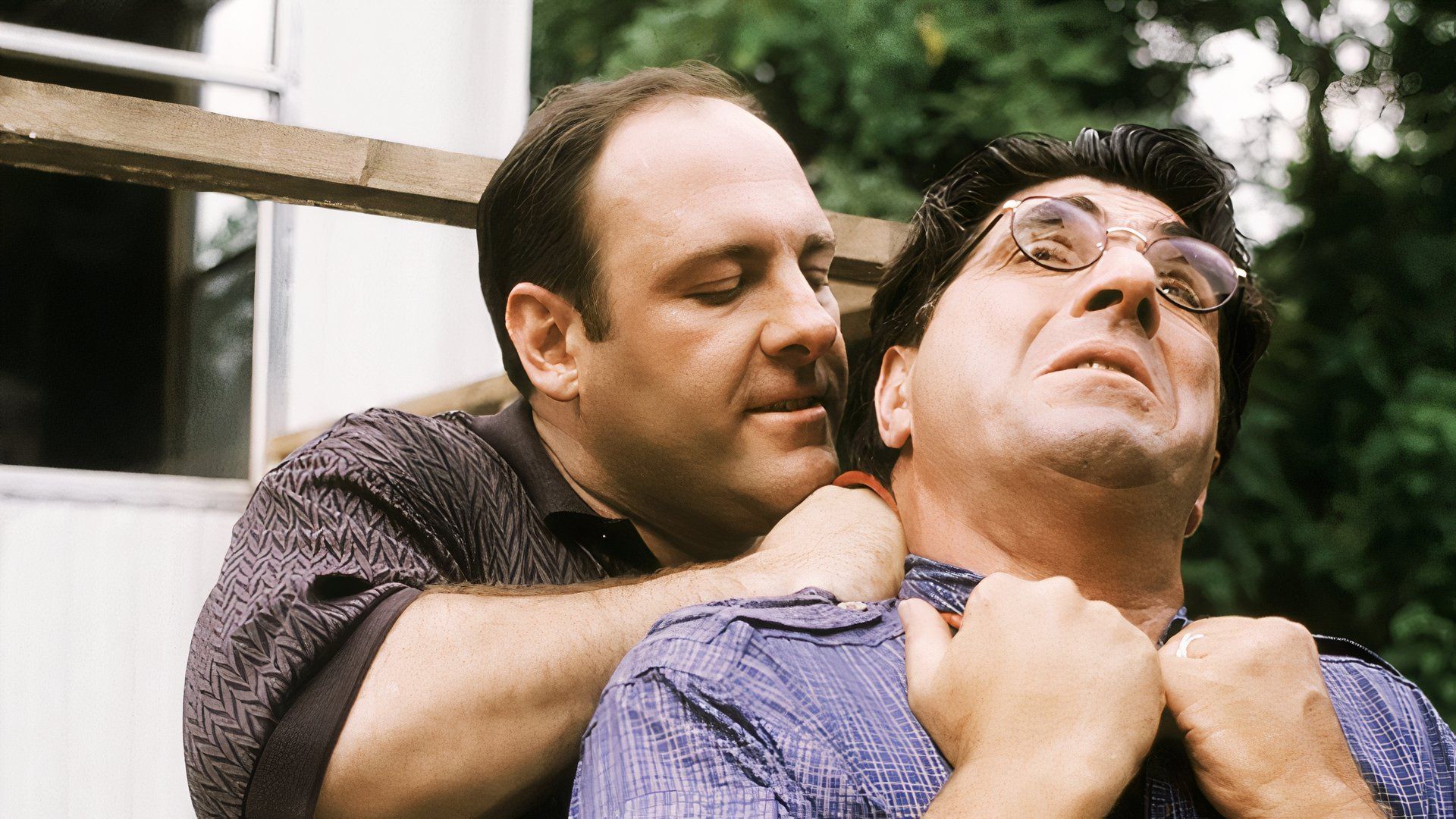
Another stunning revelation in the doc comes when Gibney asks Chase if he was shocked that James Gandolfini died at age 51 of a sudden heart attack. “No,” Chase utters with chilling brevity, hinting at years of off-screen struggles Gandolfini dealt with in the wake of The Soprano‘s meteoric popularity. An intensely devoted performer who went above and beyond with his intense method acting, Gandolfini went to extremely dark places before cameras rolled.
In order to get in the right mindset for intense scenes, Gandolfini would engage in behaviors like forcefully hitting car seats or even causing himself genuine harm. For example, during the pivotal episode titled “College”, he caused his hands to bleed by choking the victim excessively with wire. As the role grew increasingly challenging over each season, it took a heavy psychological toll that resulted in substance abuse. At one point, an intervention was organized at his New York residence by HBO executive Chris Albrecht. Upon seeing his cast and crew, Gandolfini exclaimed “Ah, f*ck this. Fire me!” before storming out.
As the series gained widespread acclaim, James Gandolfini found himself increasingly burdened. Despite this, he consistently showed kindness and generosity towards his co-stars, donating a significant portion of his own earnings to them when given a lucrative new contract worth $1 million per episode. The psychological toll of portraying Tony Soprano often caused him to miss shooting days, disrupting production and causing creative difficulties. His absences became so frequent that he faced financial penalties of up to $100,000 for each missed day on set.
The Pilot
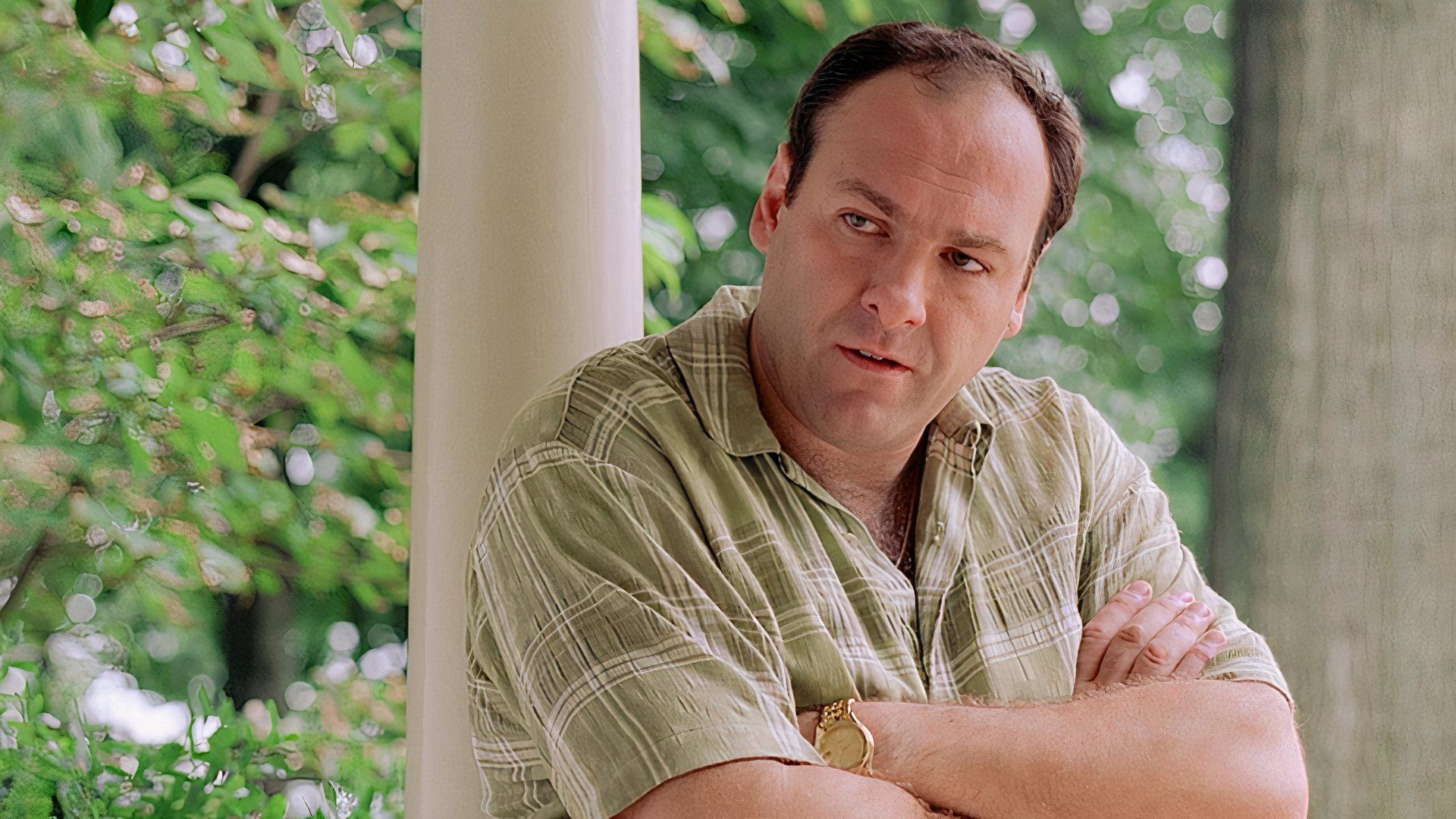
In the analysis of ‘Wise Guy’, special focus is placed on the pilot episode of ‘The Sopranos’. HBO had second thoughts before giving David Chase, an experienced television director, the reins for this pilot. Interestingly, it took them 10 months to give the green light for the show after receiving the pilot. At that time in 1997, HBO was still finding its footing in the world of prestige TV. It took a lot of careful consideration by Albrecht and other executives before they trusted Chase with directing the pilot episode.
In “Wise Guy”, it’s disclosed that the chase scene in the opening episode was inspired by a scene from “Chinatown”. The scene where Tony and Chris pursue a man from his workplace mirrors the surprise attack on Jake Gittes in the orange grove of Chinatown. Additionally, an interesting fact about the pilot is that Bracco and Gandolfini spent three days rehearsing their intimate therapy scenes prior to filming. This preparation allowed them to establish a strong on-screen chemistry.
Interestingly, during their conversation about the pilot, Chase shares that Martin Scorsese, renowned for his mafia-themed films, is not a fan of The Sopranos because of its peaceful New Jersey backdrop. Quoting Scorsese, he says, “I can’t wrap my head around it; it’s just too much greenery and nature.” Notably, 27 actors from Scorsese’s film Goodfellas also appeared in The Sopranos, creating an ongoing link between the two creators.
Though various directors handled episodes during the series’ duration, it was Chase who came back to helm the open-ended conclusion – a topic often debated in Wiseguy.
The Controversial Sopranos Finale
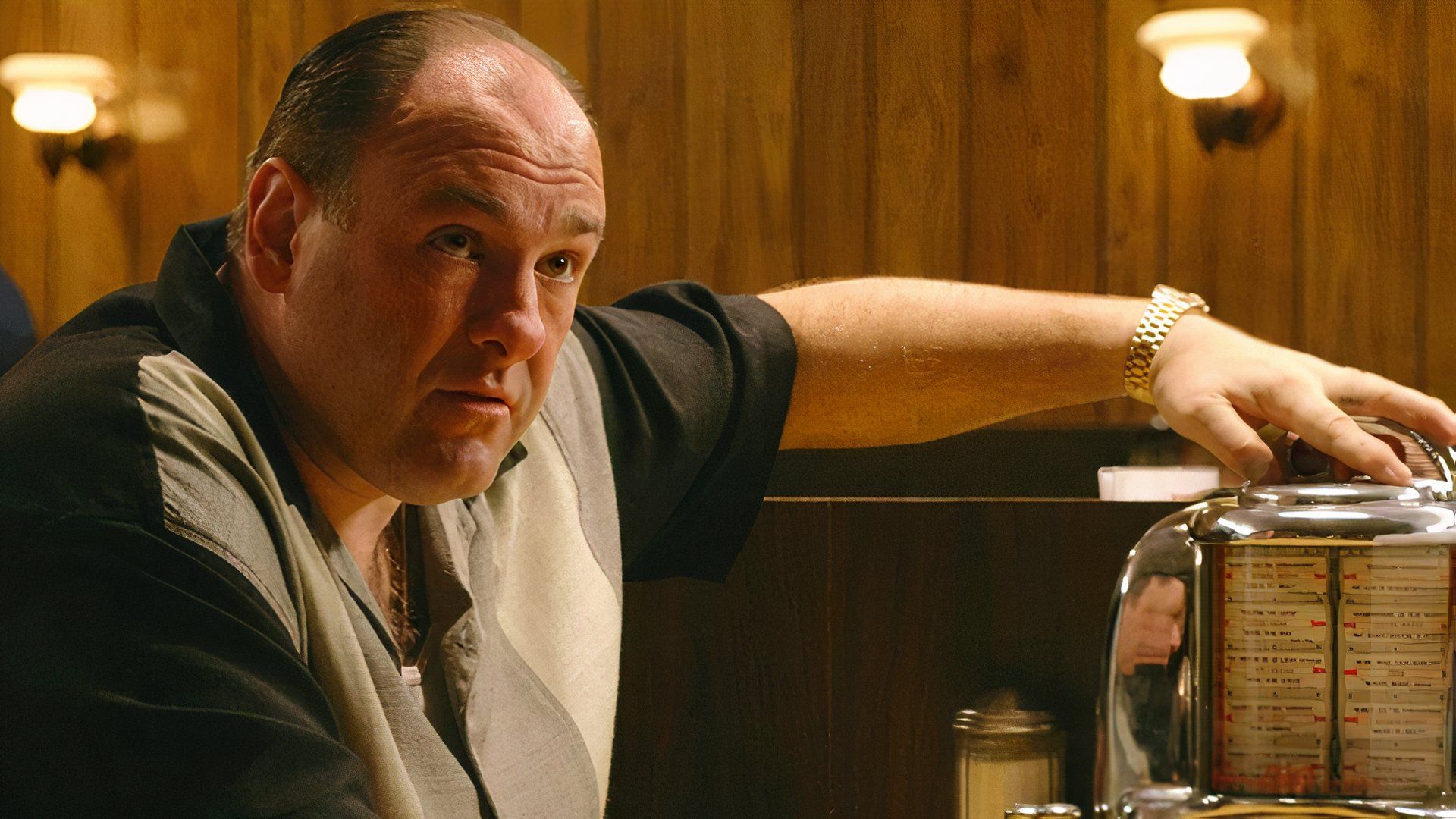
The TV series, The Sopranos, famously concluded its six-season run with an enigmatic, unresolved ending which has fueled discussions for years. Regardless of whether Tony was killed by the man in the Member’s Only Jacket, what truly matters is that in any public setting, even surrounded by his family, Tony will always feel the need to keep a watchful eye and never fully find tranquility in his profession. In the series Wise Guy, it was disclosed that Gandolfini himself was unaware of how the show’s story would conclude at that cut-to-black.
Following Bracco’s account, she quickly reached out to Gandolfini over the phone after the initial airing on HBO. Taken aback, he questioned, “Is that how it ends?” This sentiment echoed among the cast, who, like ordinary viewers, were equally bewildered by the sudden and unresolved ending. In terms of visual inspiration for the finale, Chase and cinematographer Alik Sakharov deliberated on the ending of the iconic film, 2001: A Space Odyssey, a renowned example of an ambiguously open-ended conclusion. Just as Kubrick revolutionized cinema with 2001, The Sopranos significantly redefined the realm of dramatic television.
Wise Guy: David Chase and The Sopranos is available to stream on Max.
Read More
- 10 Most Anticipated Anime of 2025
- Gold Rate Forecast
- Grimguard Tactics tier list – Ranking the main classes
- USD MXN PREDICTION
- PUBG Mobile heads back to Riyadh for EWC 2025
- Silver Rate Forecast
- Brent Oil Forecast
- Castle Duels tier list – Best Legendary and Epic cards
- How to Watch 2025 NBA Draft Live Online Without Cable
- USD CNY PREDICTION
2024-09-22 02:02